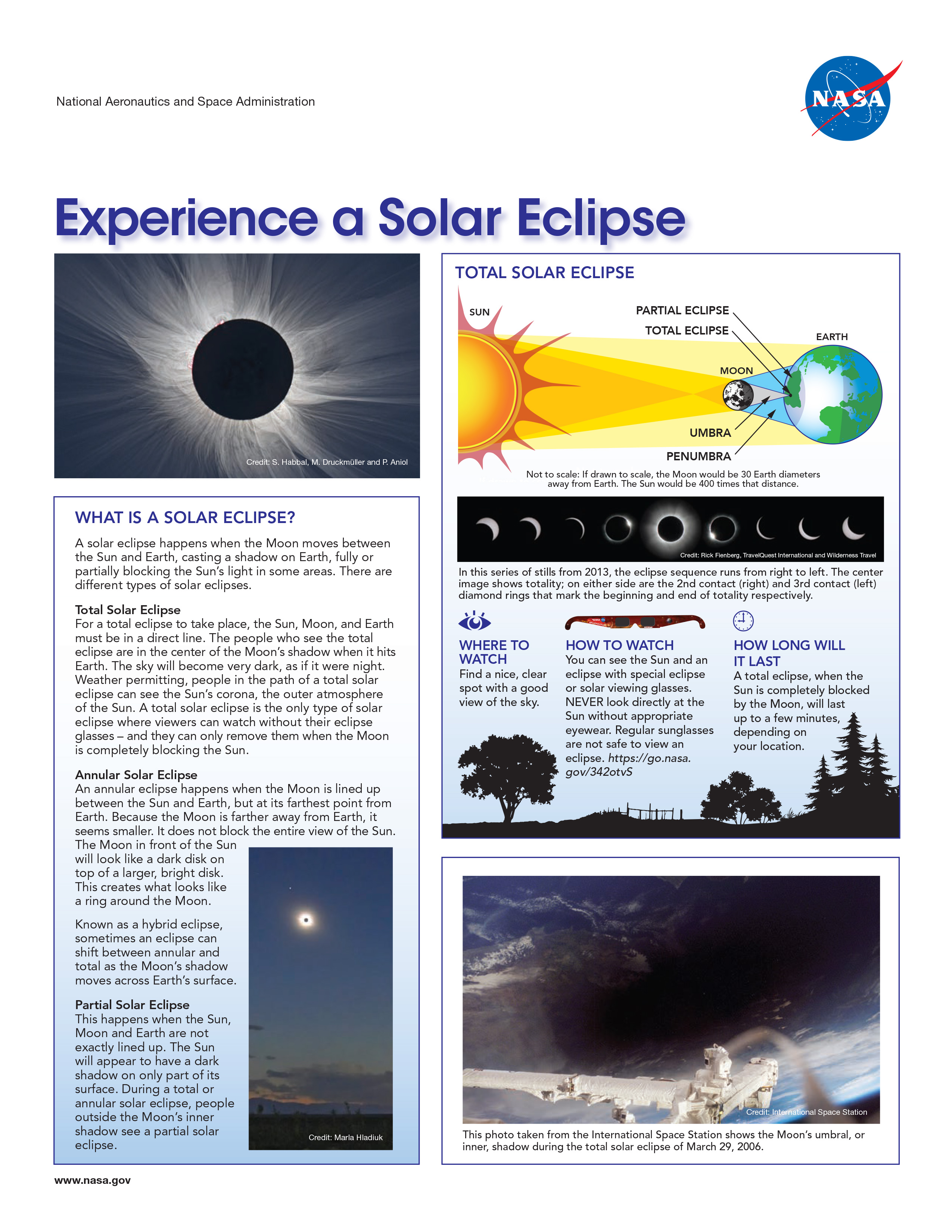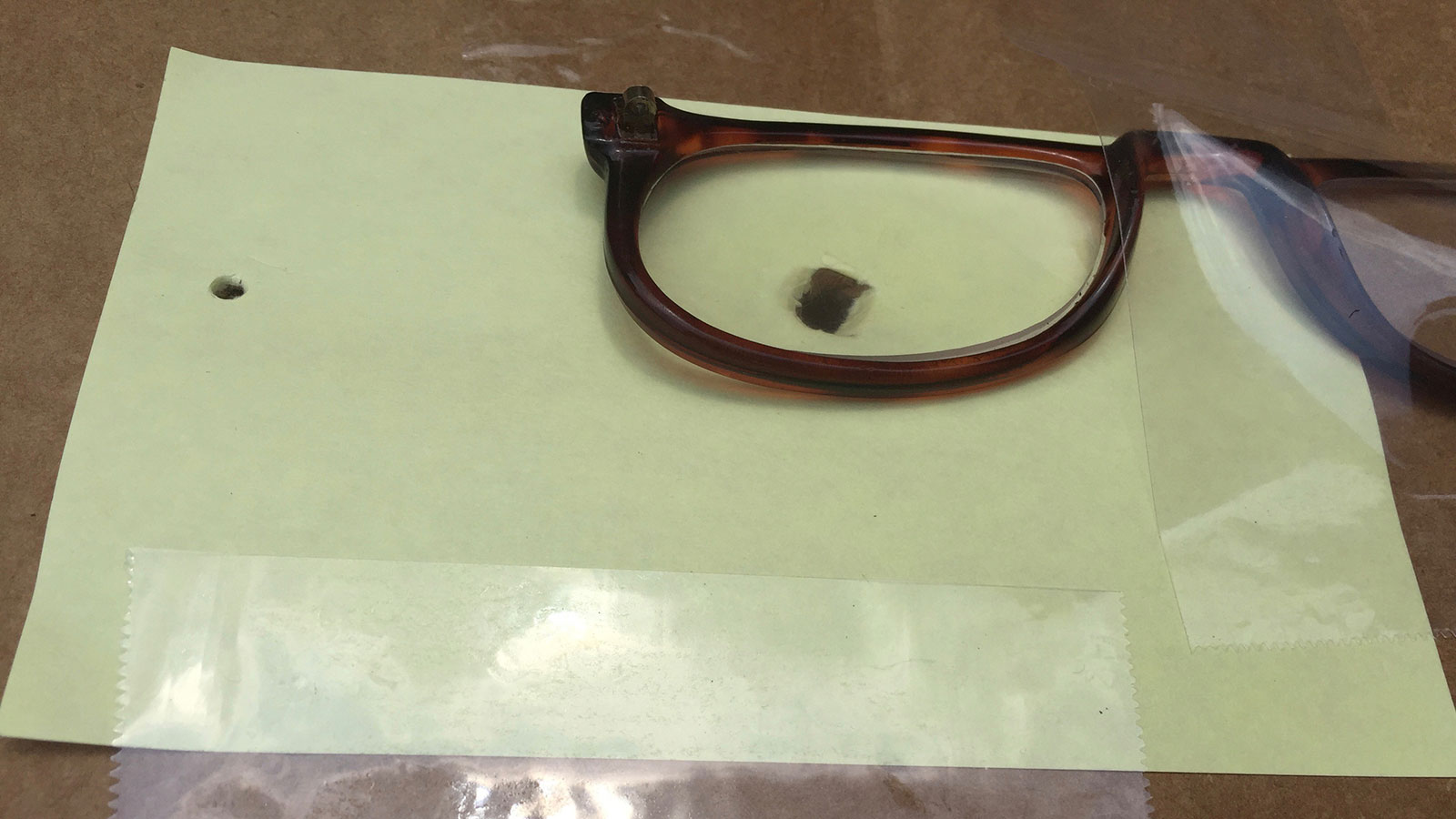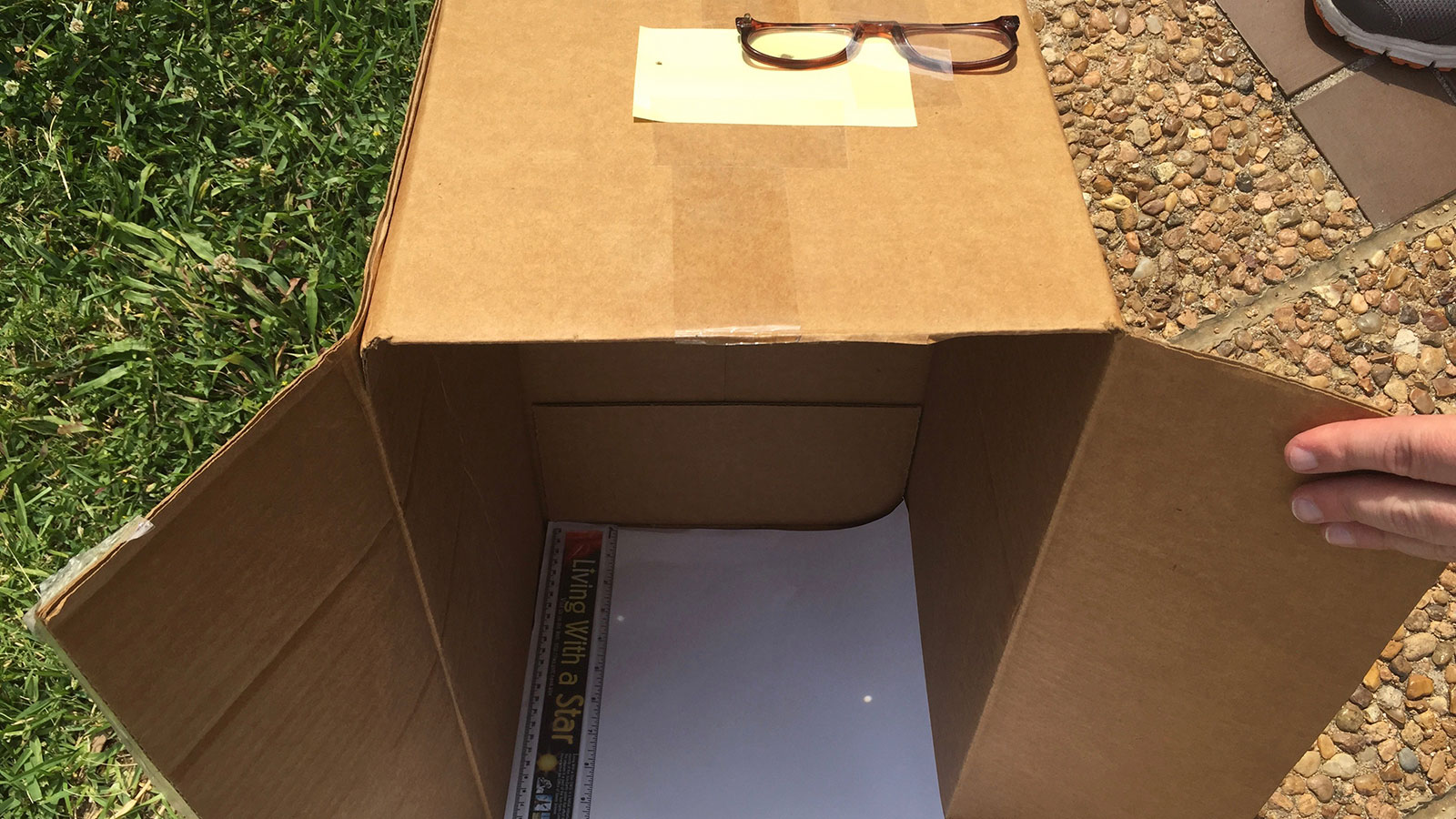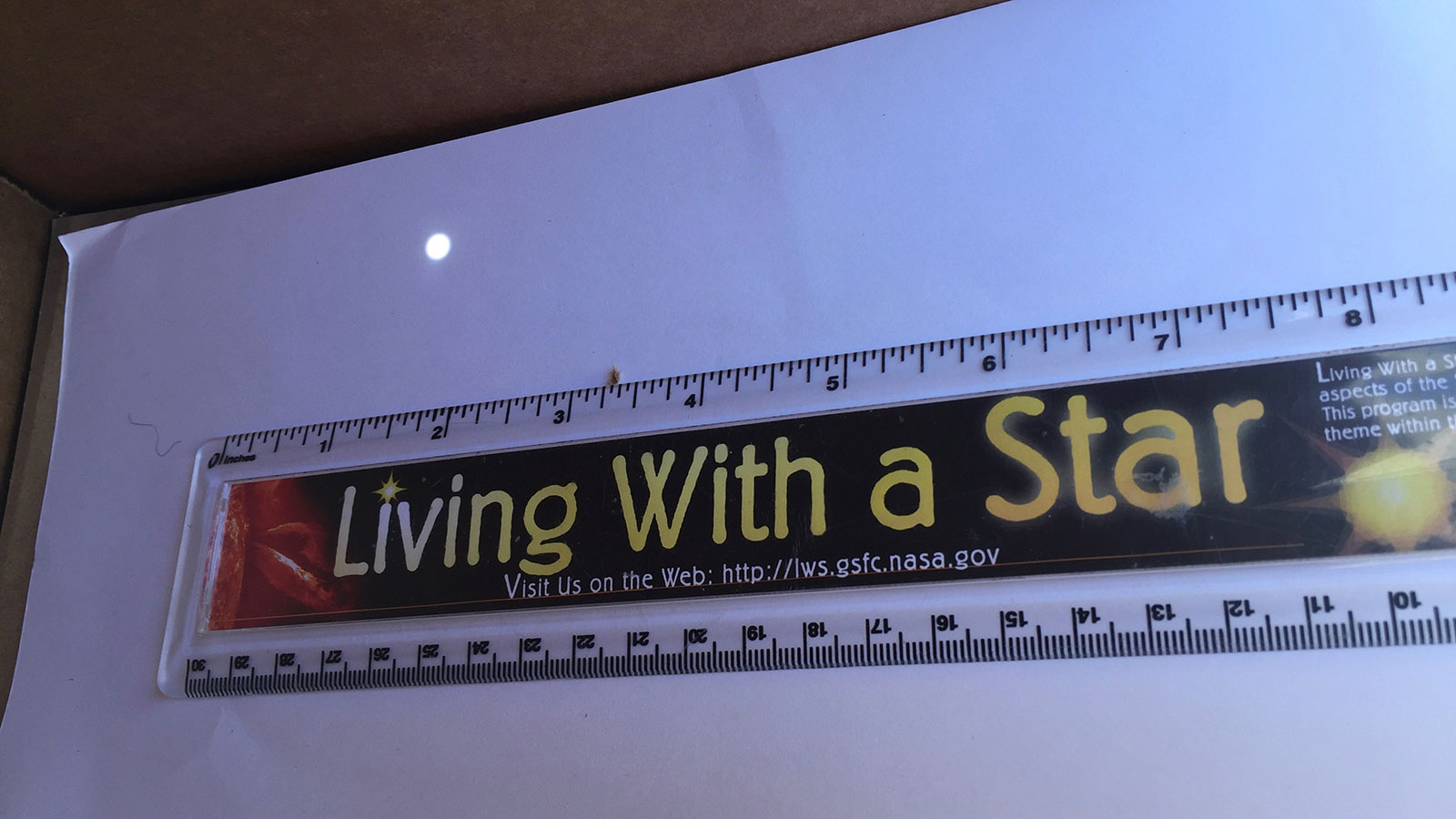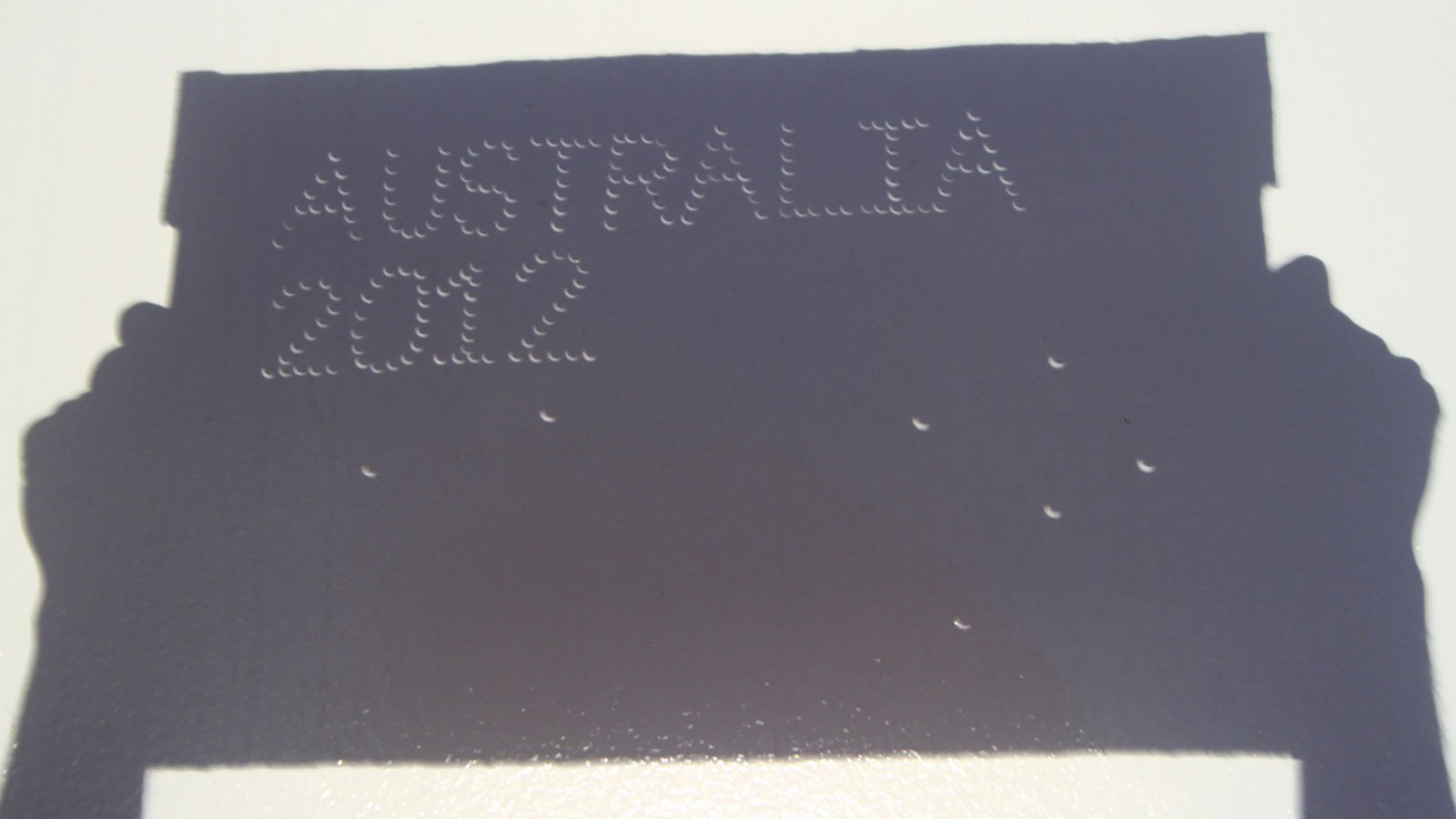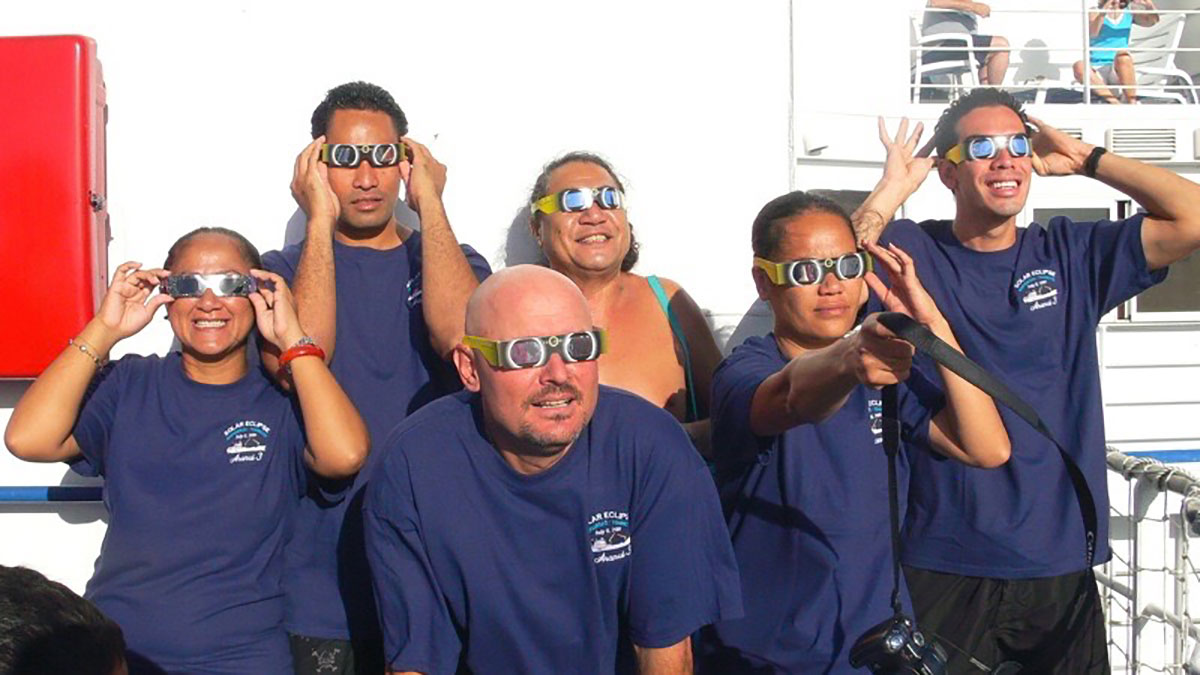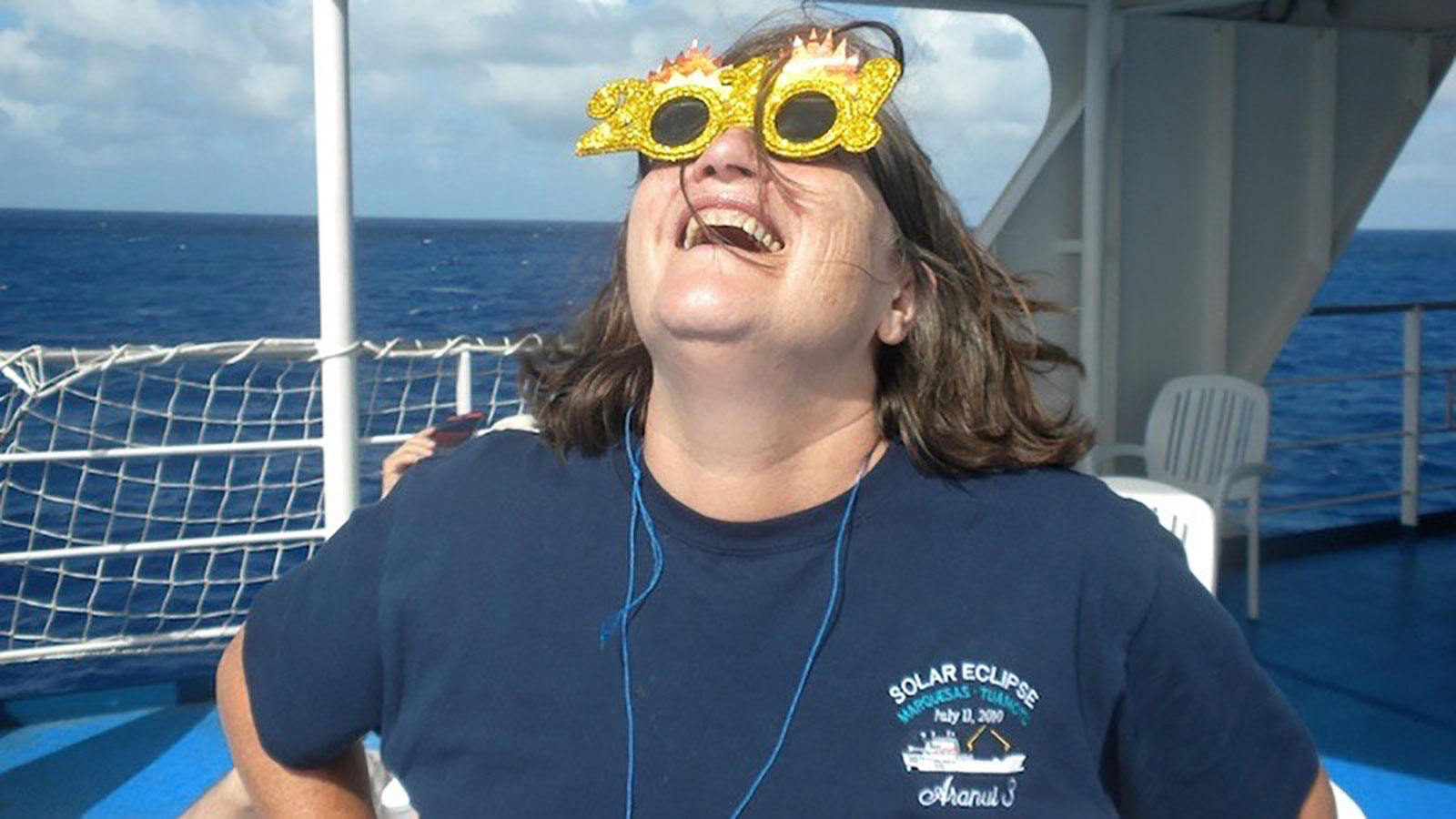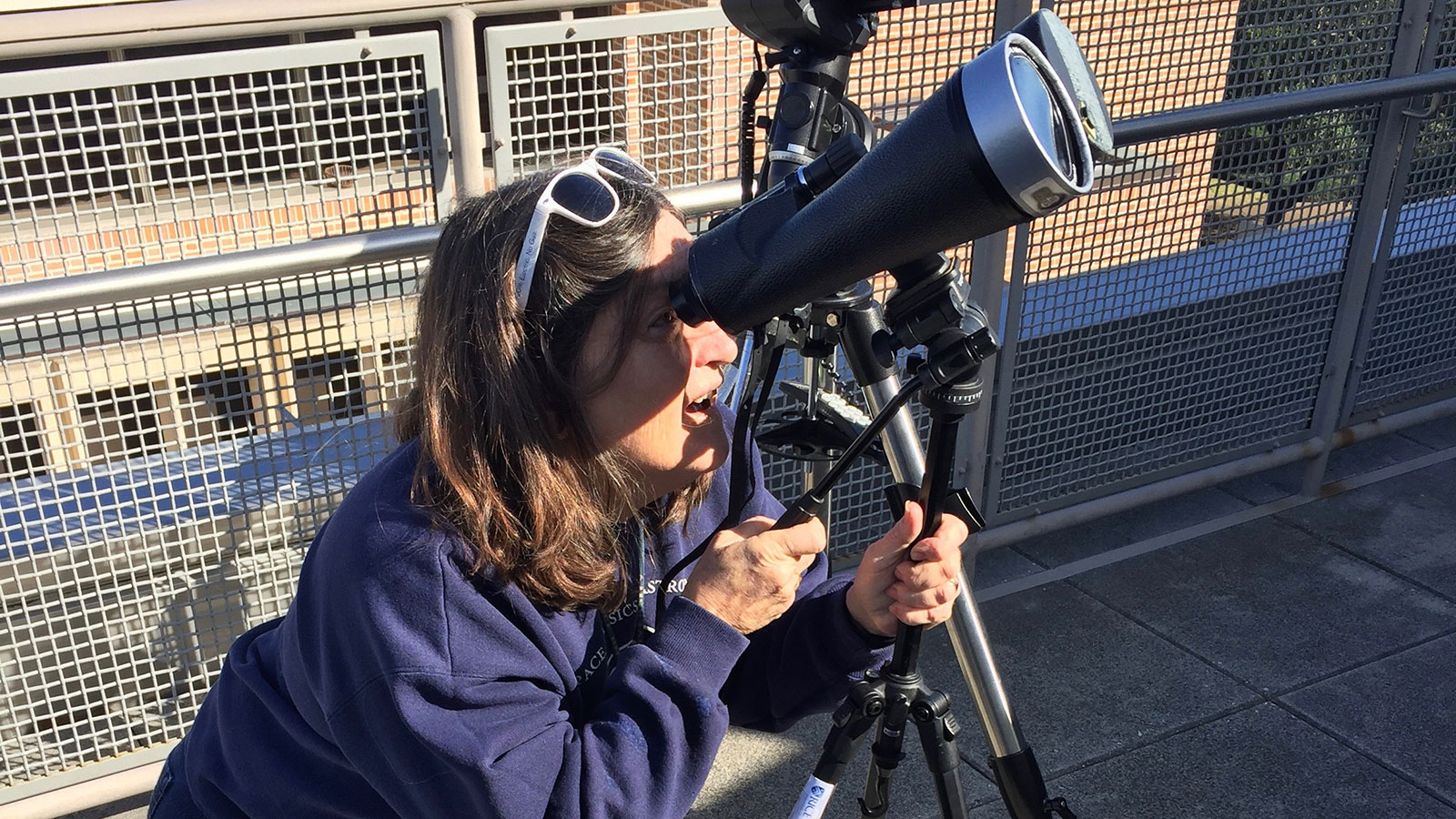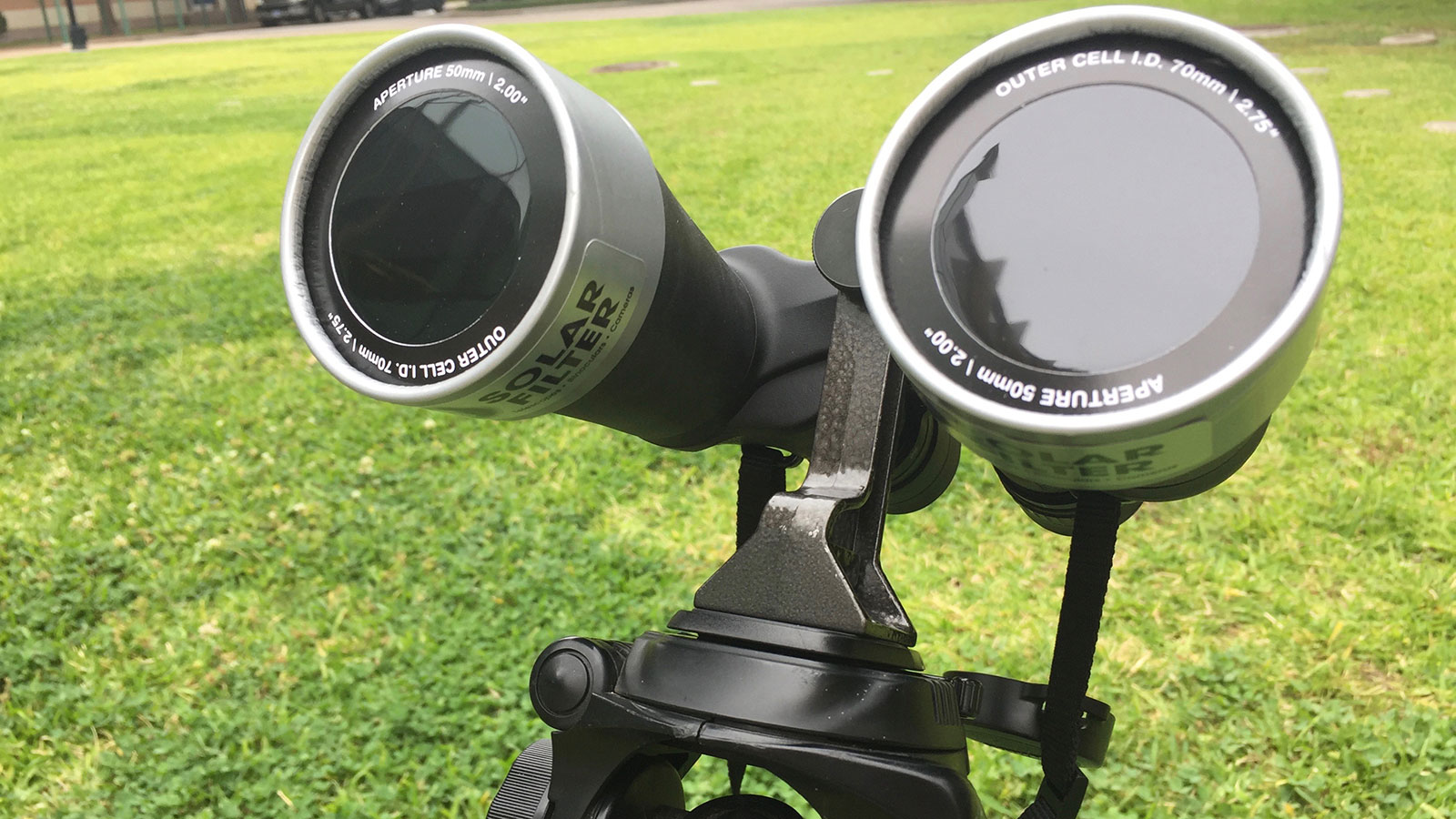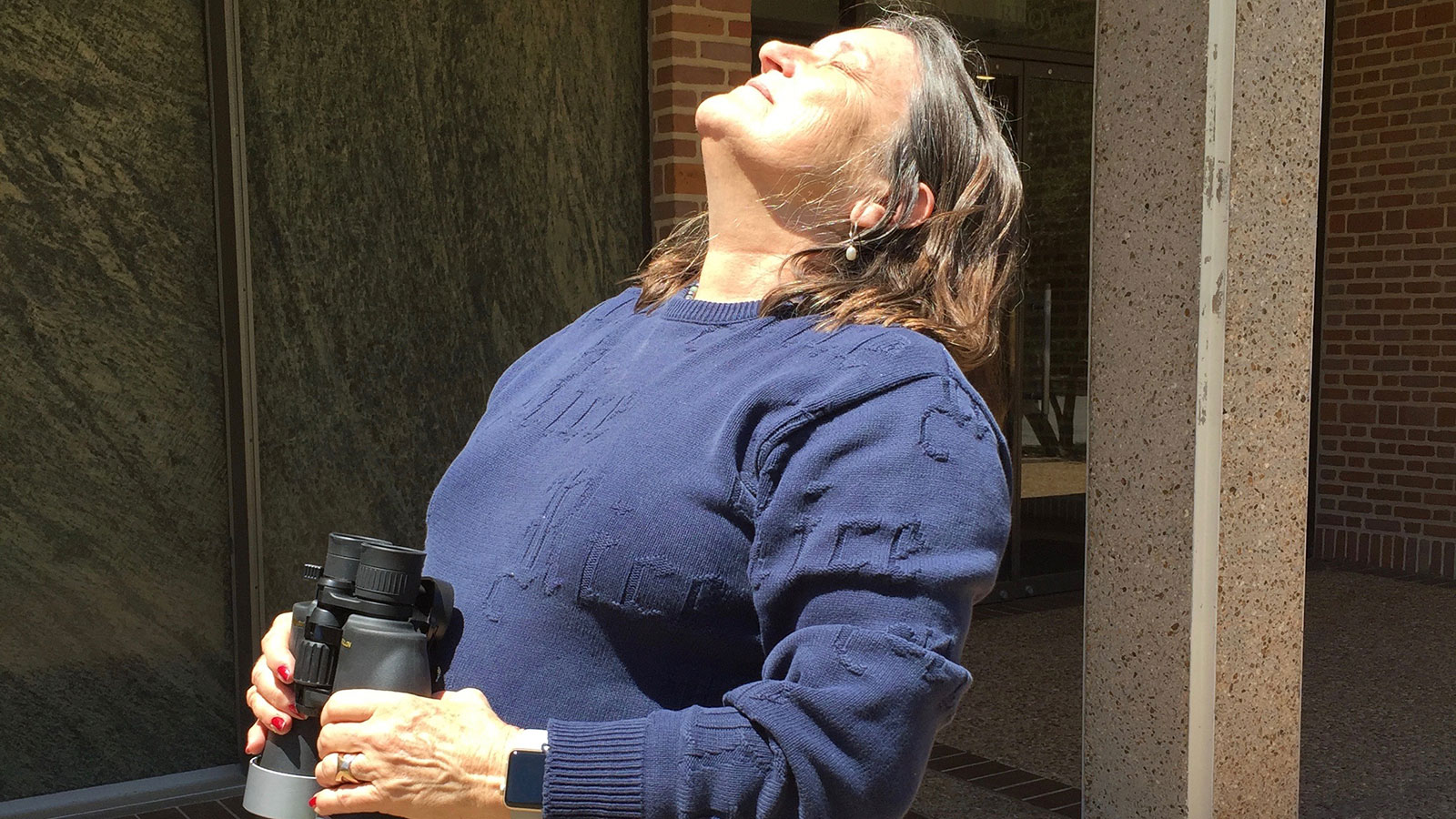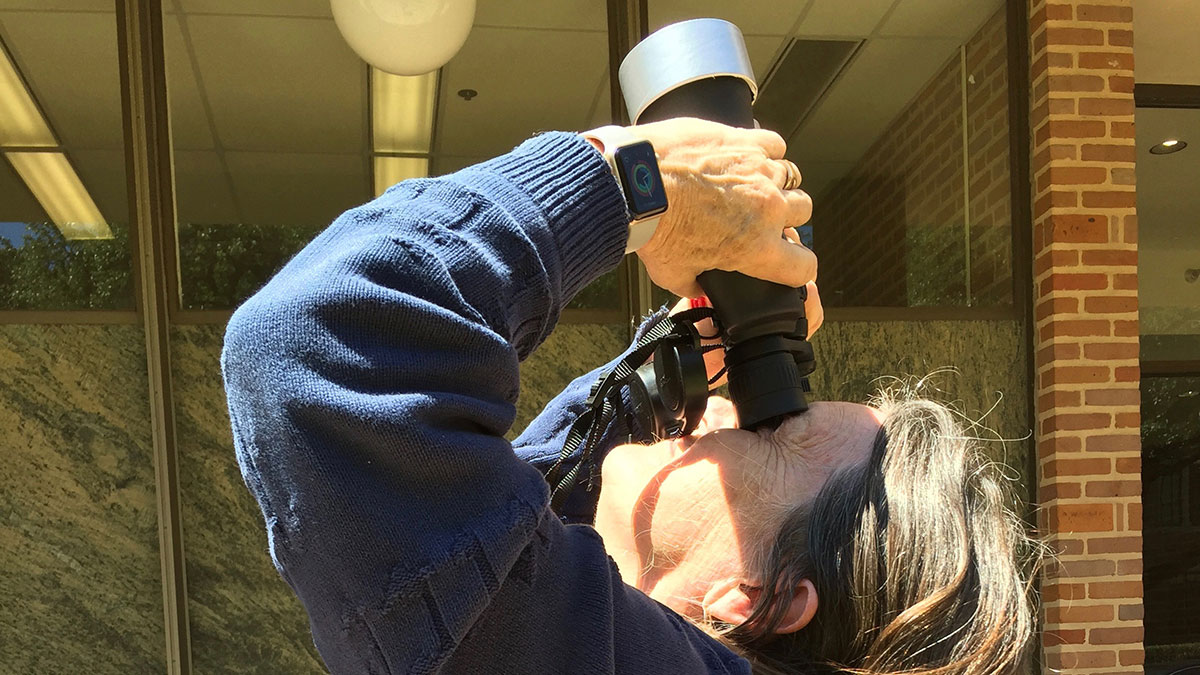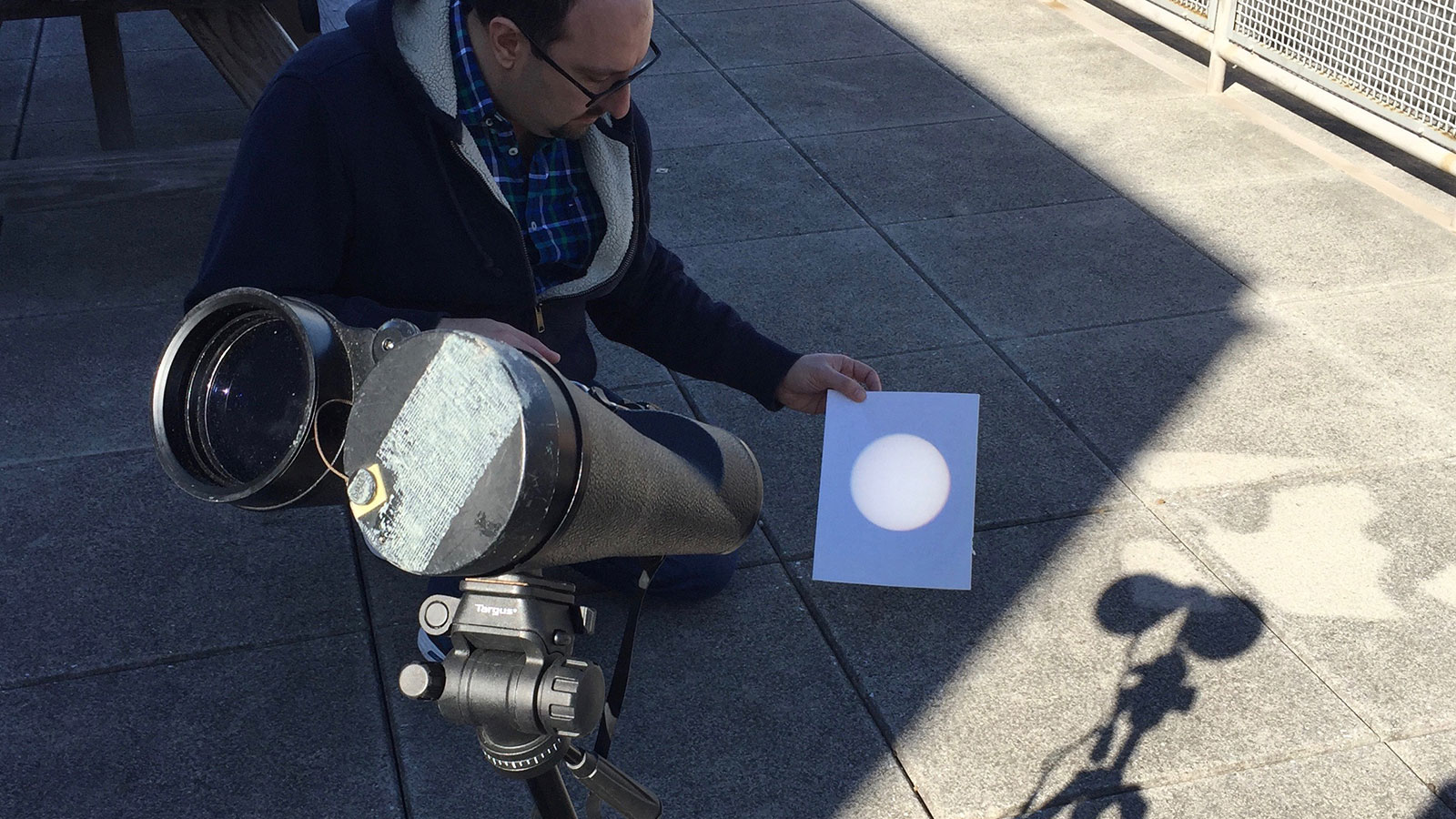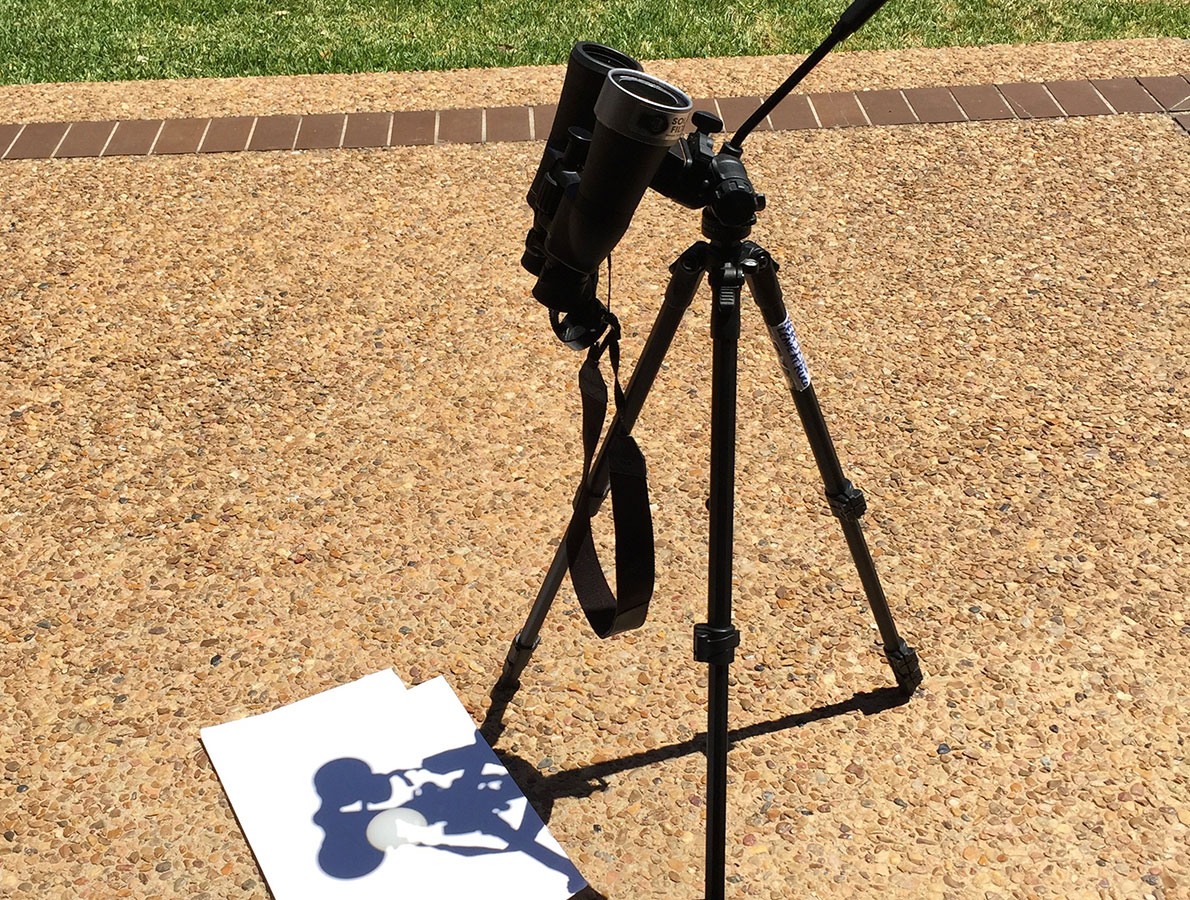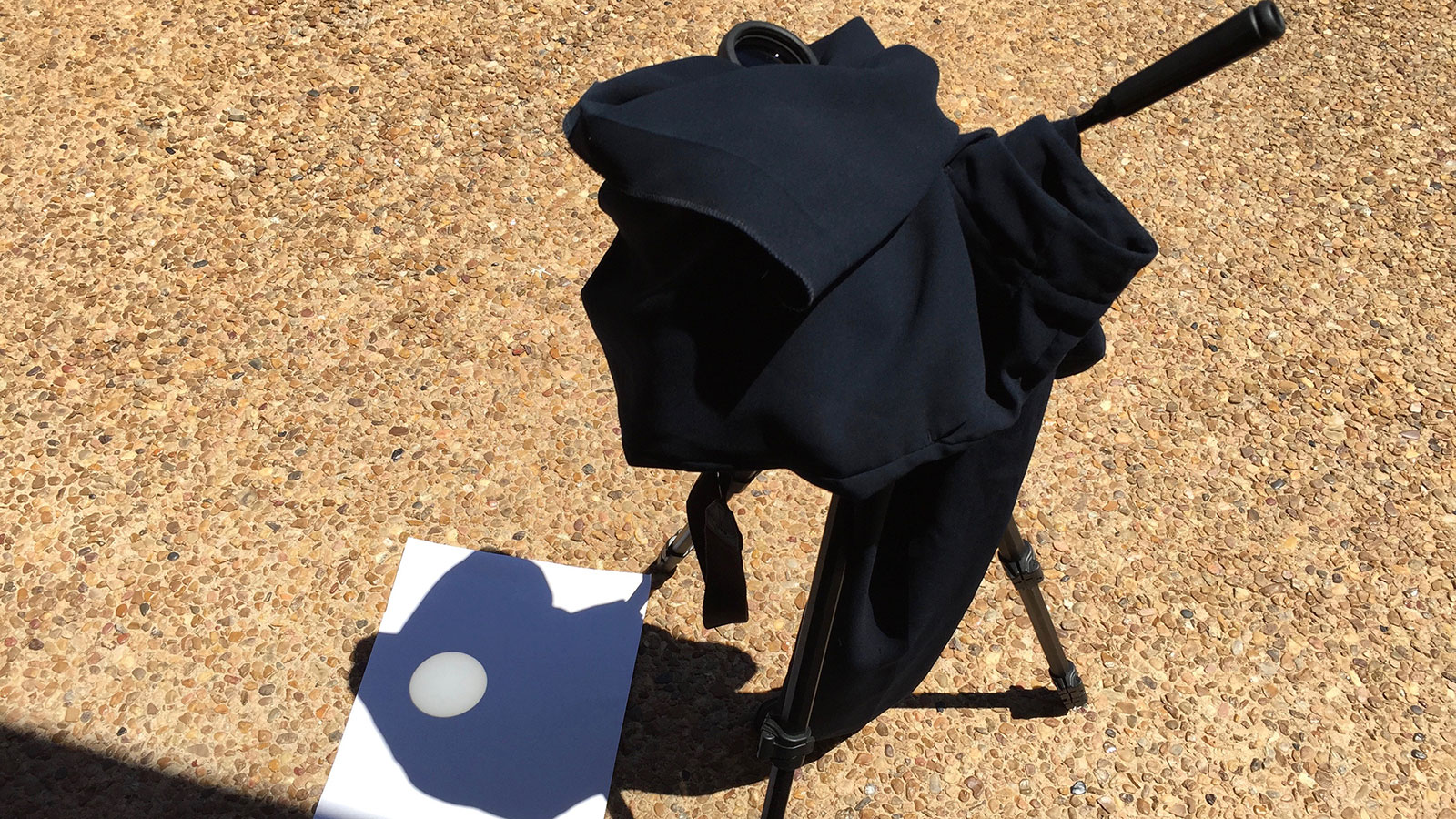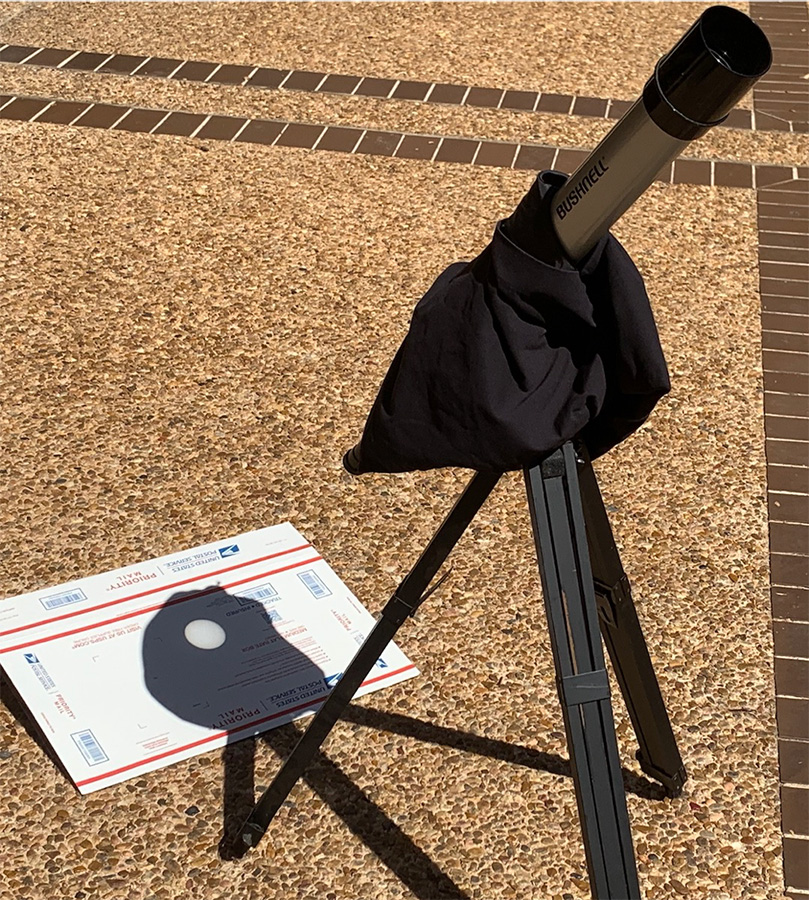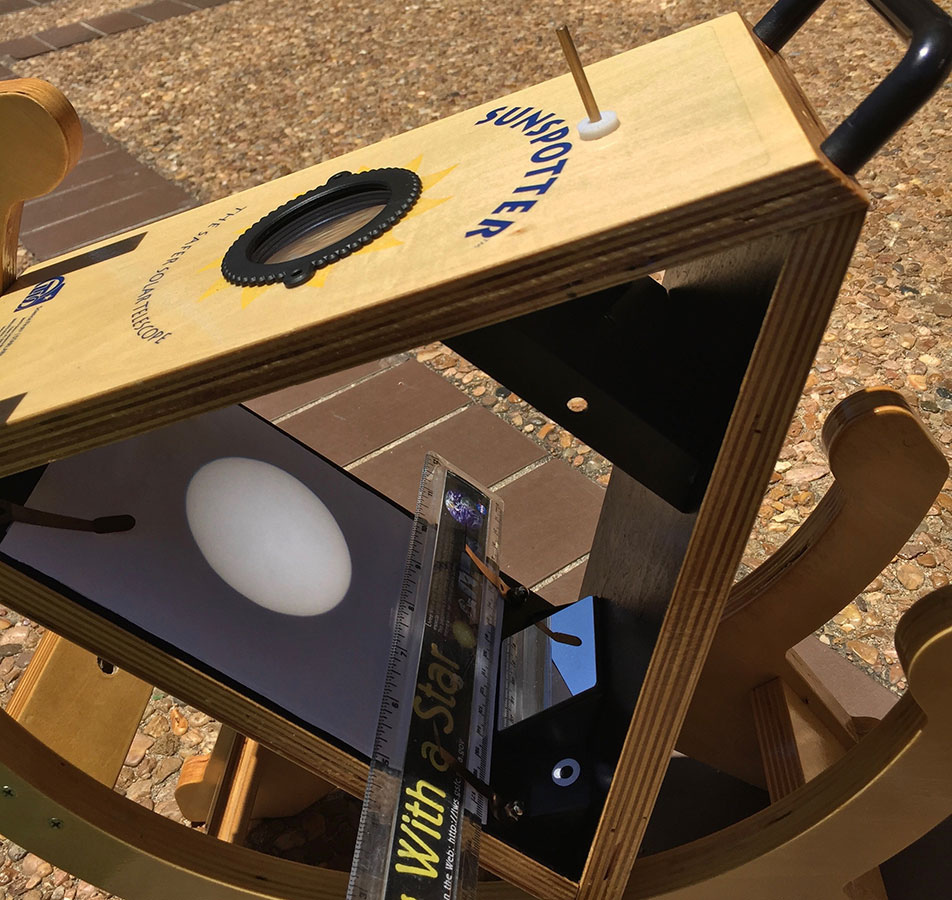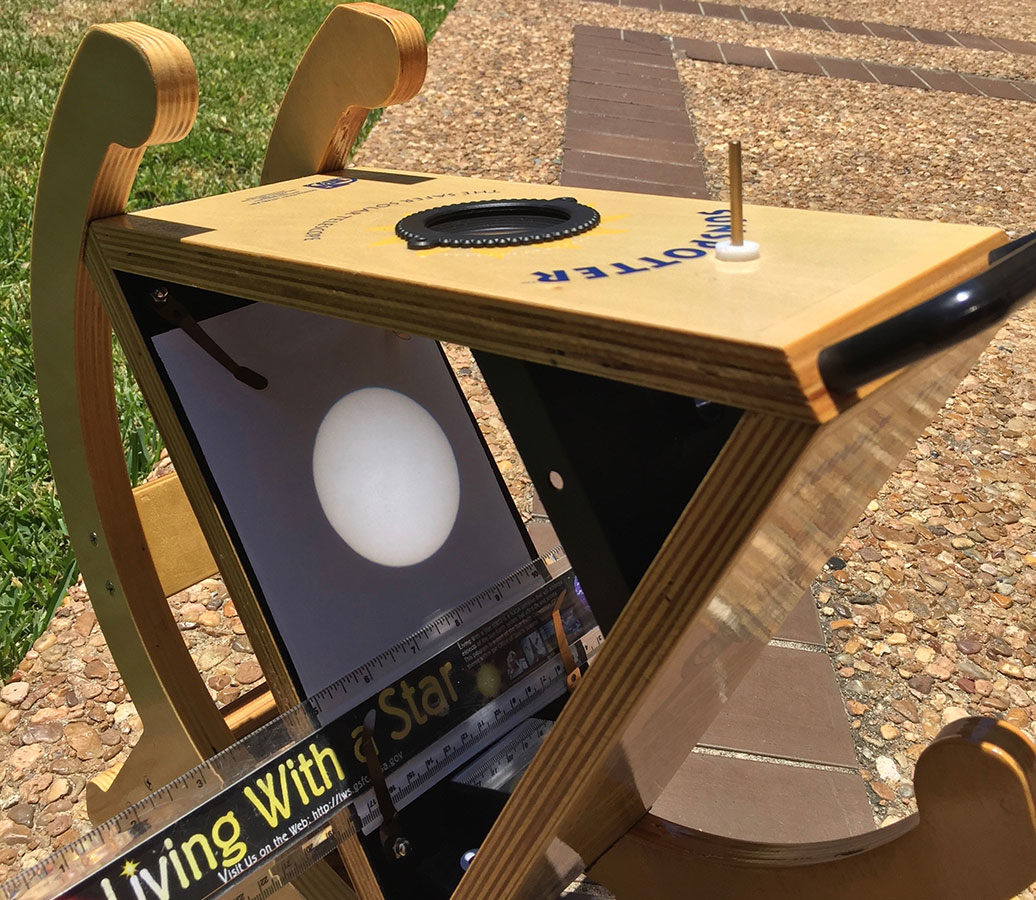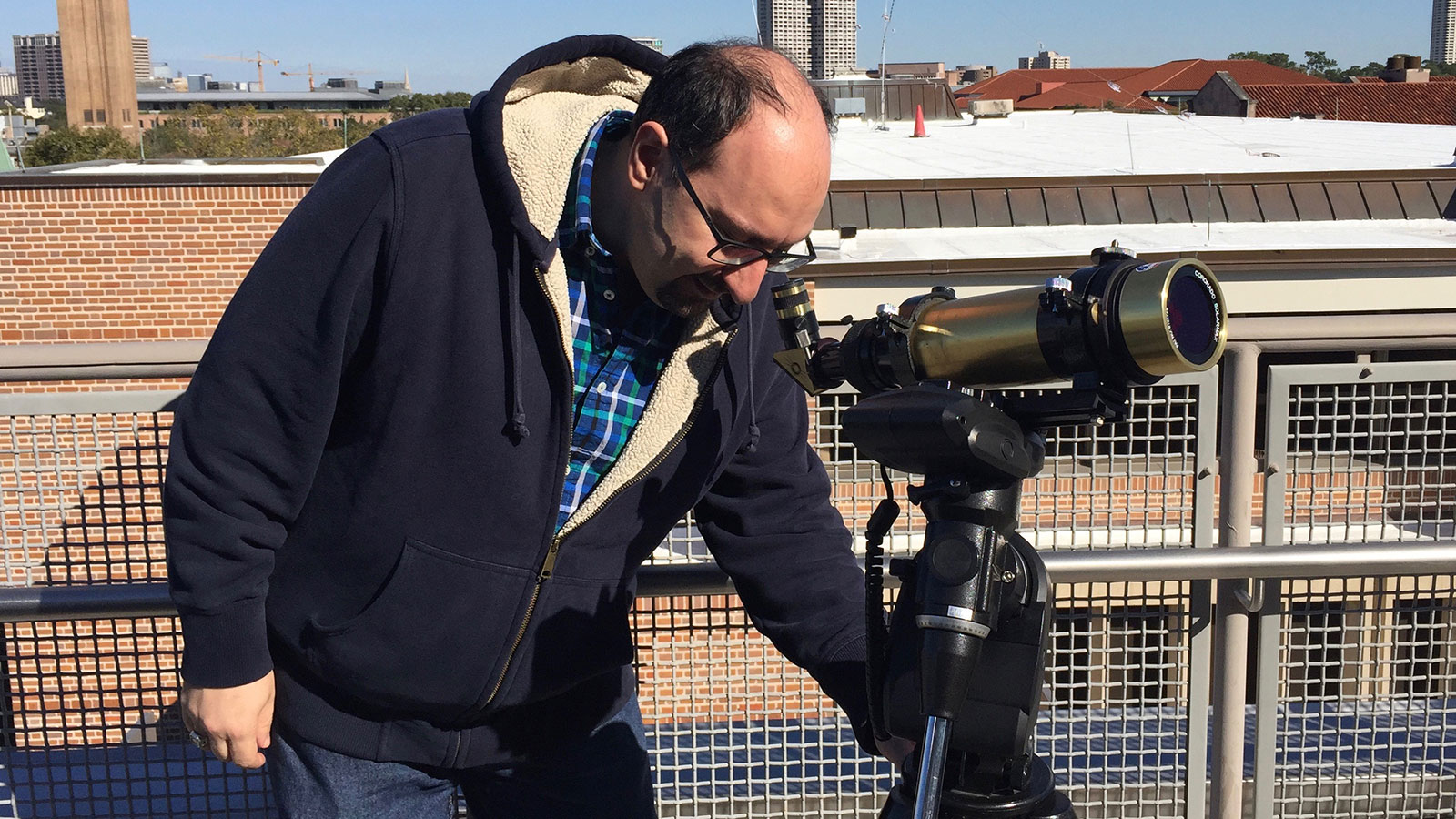
- Home
- CALENDAR of Shows & Events
- Education Resources
- Eclipses
- Citizen CATE Experiment
- Eclipse Activities
- Eclipse Animations
- Eclipse Equipment
- Eclipse Graphics
- Eclipse Media Coverage
- Eclipse Resources
- Eclipse Show "TOTALITY!"
- Eclipse Timeline
- Eclipse Training
- Lunar Eclipse FAQ
- Solar Eclipse FAQ
- Safe Eclipse Observing
- TicTacToe Game
- Past Eclipses
- Eclipse 2024
- Eclipse 2017
- May 26, 2021 [Total]
- June 10, 2021 [Annular]
- Mars
- Moon
- Apollo Anniversary
- Apollo Animations
- Artemis Animations
- Sundials
- Video Lectures
- Mailing Lists
- Outreach Programs
- Citizen CATE Experiment
- HEAT
- Software Training
- Current
- MMS Outreach
- Reach For The Stars! Festival
- 2025 Festival Info
- RFTS Exhibitors
- RFTS Archive
- Rice / HMNS Partnership "Firsts"
- Rice Campus Observatory
- W5YG - Ham Radio Club
- Previous
- CLUSTER Outreach
- CUWiP Meeting 2017
- Future Space
- IAO
- IMAGE Outreach
- Programs for Teachers
- MST Program
- Space Weather
- Space Weather : Forecast
- Space Weather : Realtime
- Space Weather : Resources
- Space Science at Rice
- SPAC Alumni
- Rice Physics & Astronomy
- Rice Space Institute
Contact Information
Dr. Patricia Reiff | reiff@rice.edu
(713) 348-4634
Rice Space Institute, MS-108
Rice University
6100 Main Street
Houston, TX 77005-1892
Safe Eclipse Observing
PREPARE your site for upcoming eclipses! If you have a public observing site, here are some things you should plan for NOW.
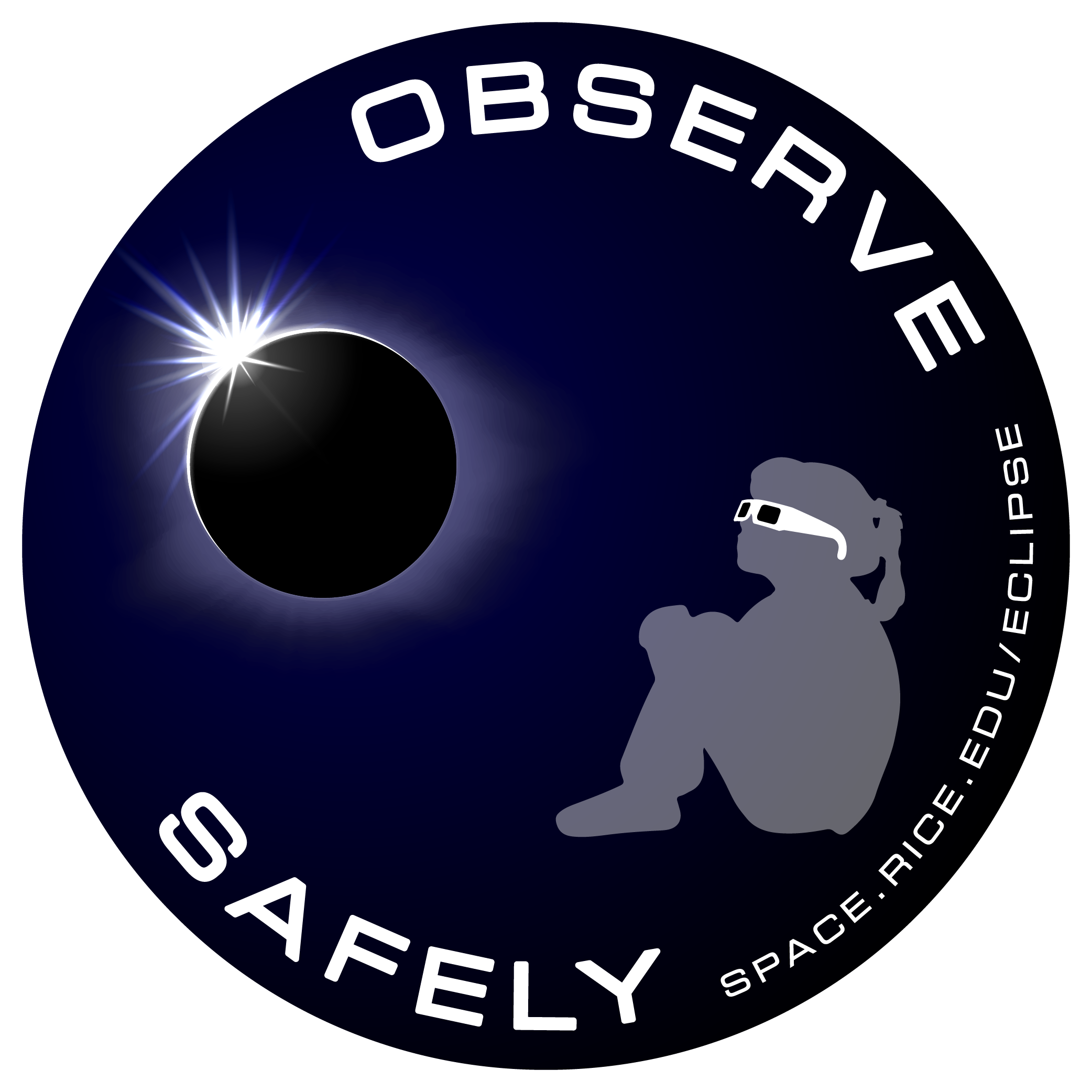 OBSERVE SAFELY button/sticker |
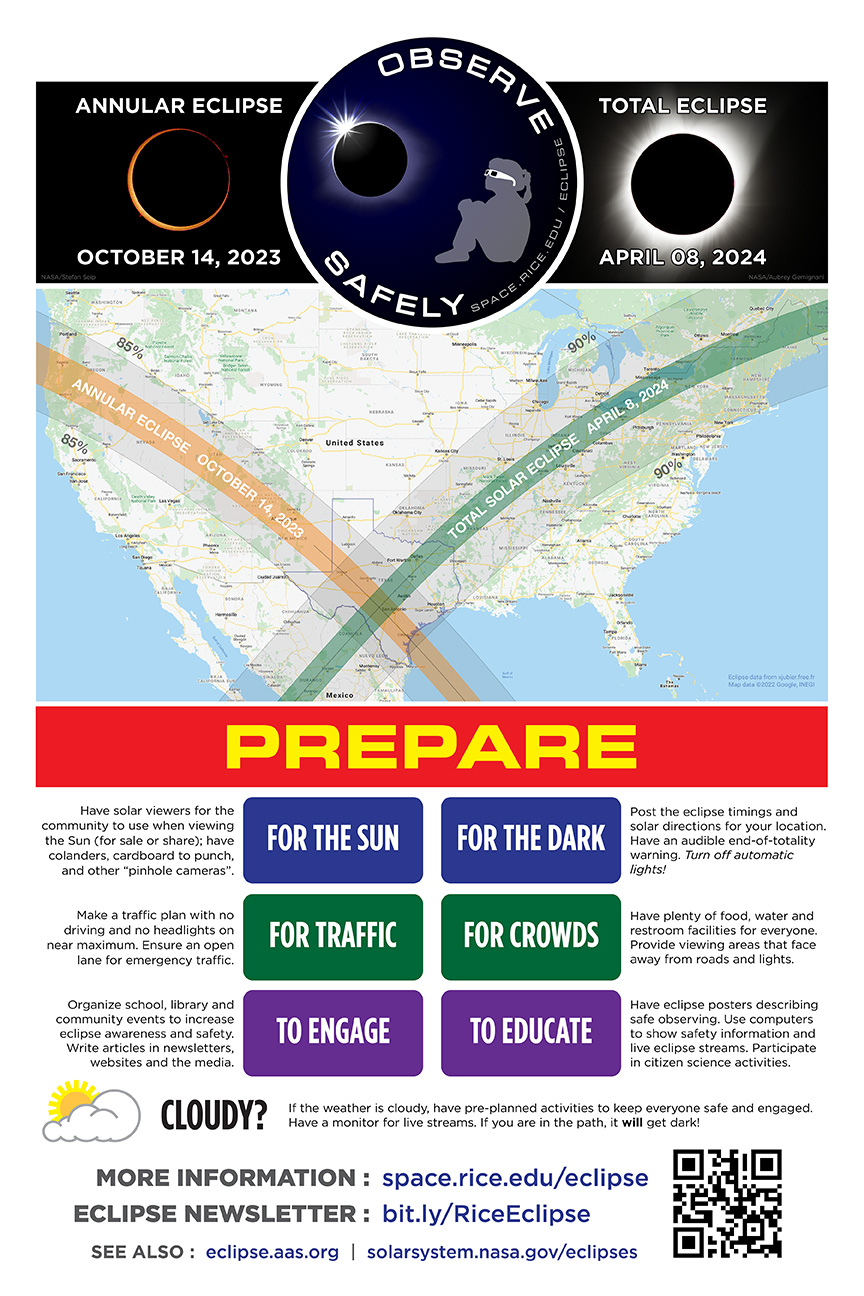 Eclipse PREPARE poster 24x36 |
Not allowed to take your students outside? We have designed a special safe solar screen. Print out this banner on 3x4 foot poster paper or send out to a banner store. Cut out the red squares and replace with solar viewing cards (and a large sheet of solar filter for the middle, so you can put a camera or binoculars up to it), Then hang it in a south or west facing doorway. The kids safely look through and still be technically "inside"! |
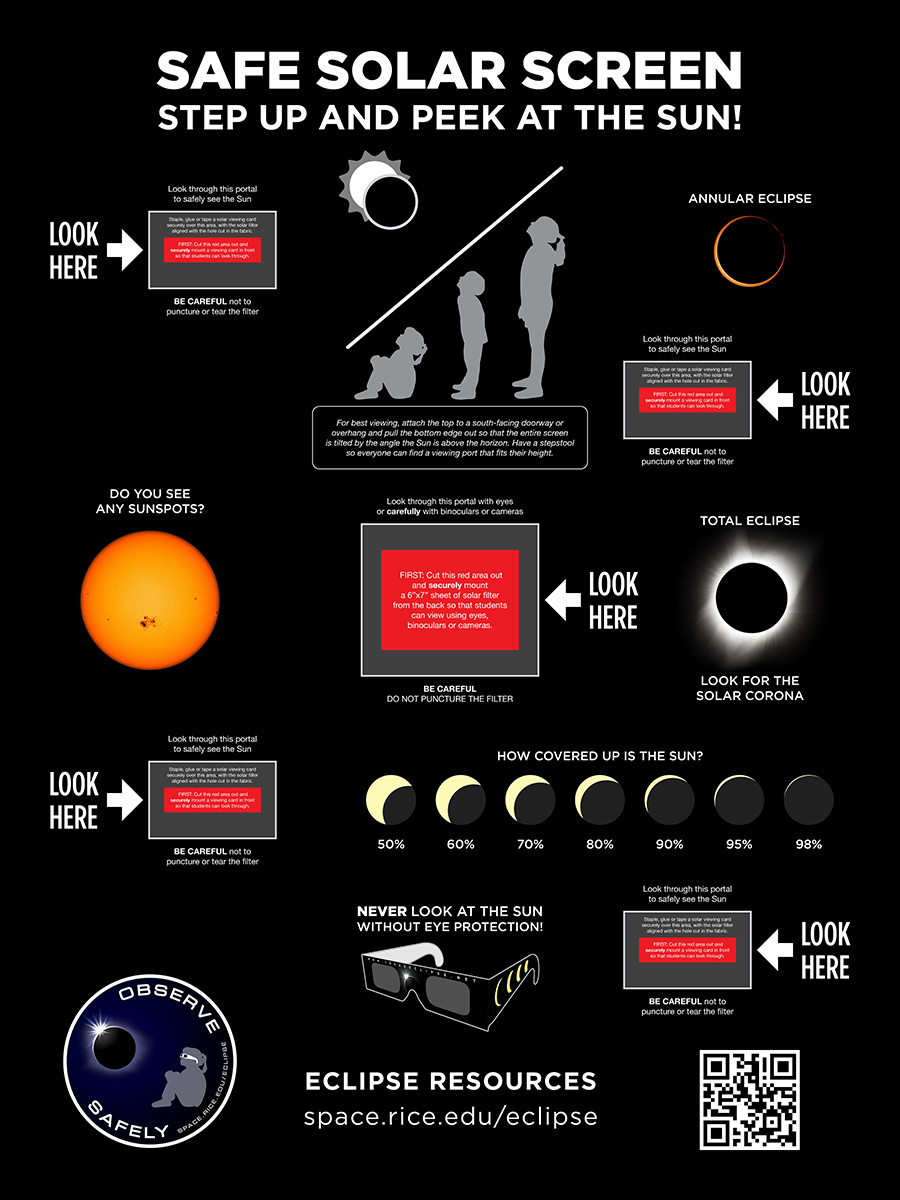 Safe Solar Screen poster 36x48 |
2024 Total Solar Eclipse Tips
SAFETY GUIDE
Some of my favorite safe ways to observe the Eclipse (or the sun, any time). These are generally listed in order of expense, cheapest first.
1. Observe Safely!
For important safety information, please also check the following sites:
Here are links to a NASA eclipse safety flyer:
2. Pinhole projection.
A. Get a cardboard box. Punch a hole into one of the ends (I use one of the smaller ends to make a longer path so a bigger image). Since the cardboard may have ragged edges from the punched hole, I generally just make the cardboard hole larger and then cover it up with a piece of thick paper and punch a smaller hole in it. Put a sheet of white paper into the opposite end. You may need to tilt the box, propping it up, to see the image.
B. For a brighter image, if you just make the pinhole larger, it will get fuzzy. Instead, make a larger hole but use a pair of inexpensive reading glasses to focus the image inside the box. The image still won’t be very large, but it will be brighter and in better focus. You may need to adjust the placement of the box (the best strength of the reader depends on the length of the box: 2 or 2.5 magnification works well with a 14-16 inch box).
C. This shows the image inside the box. For a neat solar projector using a drinking cup and readers, see our "plastic cup solar projector" activity
D. My favorite way to do a pinhole is to take a piece of STIFF cardboard and punch holes in it, describing the date and location. Then take a photo of its SHADOW. Each hole makes a crescent eclipse! Get it ready the night before (a fun kid’s activity), and then photograph just after totality.
3. Eclipse Glasses:
A. Eclipse glasses are a safe and inexpensive way to observe the eclipse. Be sure you get them from a reputable source, that have the “CE” or “ISO” certification marked on them. I like the ones from Rainbow Symphony since they give a pleasing orange colored sun. You can use them to observe sunspots at any time! Protect them from scratches or holes.
B. Although eclipse glasses are easy and fun, they do not magnify the sun. You can tell the progression of the eclipse, but you generally won’t be able to see any sunspots, unless they are extra large.
4. Solar Filters
A. For me, the most comfortable and natural view of a total eclipse (solar or lunar) is from a pair of binoculars mounted on a tripod. You can use the shadow of the binoculars to do a rough alignment (minimizing the size of the shadow), then look through the FILTERED binoculars to find the sun. Zoom out to find the sun, then zoom in to get a better view. Have a stepstool on hand so children can take a peek too. By putting on the tripod, several people can share the view without each having to “find” the sun (not easy using filtered binoculars!). I prefer a 10-22 zoom, 50 mm diameter binoculars… good quality but not too expensive. (You can get cheap ones for $30 but I prefer the good ones for $150). Solar ND (neutral density) filters are also available for larger telescopes. Always put the filter on the OBJECTIVE end of the telescope, never on the eyepiece.
B. There are two critical pieces of equipment: The solar filters ($20 each) that cap the binoculars (I like the ones at Rainbow Symphony so I can slip them on and off easily) https://www.rainbowsymphonystore.com/collections/solar-filters
Measure the OUTSIDE diameter of your binoculars, telescope, videocamera, or camera lens, and get the next LARGER size. They provide foam tape for a snug fit… you don’t want them to fall off, but you do want them to come off easily when totality hits!
The second critical item is the “Binocular tripod adapter” - purchase from a photo or telescope store or from Amazon. Prices range from $9 to $28. One end screws into the mounting hole on the hinge of your binoculars (which might be covered by a cap). Mount the flat end onto your photographic tripod. This gives you full control of the direction that the binoculars are pointing. This is really good for observing the sun (or other astronomical objects - you only need the solar filters for observing the sun). However, if the Sun is very high in the sky, it becomes awkward to look through binoculars on a tripod - see binocular projection below.
C. Finding the sun in filtered binoculars is harder than you might think - the only thing you can see is the sun! Don’t “sneak a peek” - it can kill your vision! To find the MOON in the sky, or a bird in a tree, with binoculars, first look at it directly with your eyes straight ahead (moving your head till you are facing it squarely). THEN put the binoculars (zoomed OUT for minimum magnification) up to your face and the object should be in (or near) the field of view. Then zoom in. The procedure to find the SUN is similar BUT you have to do it with your EYES CLOSED. Close your eyes and move your head around until you feel the sun’s heat on your face and you think you are facing straight at it. Then bring up the FILTERED binoculars (zoomed OUT) and open your eyes. Again it should be in or near your field of view.
D. If you can’t find the sun, often a friend can see the shadow of the binoculars on your face and tell you to tip back, or left, or whatever. Here I am looking at the Sun near local noon in May, near the elevation of the eclipse in January. I got a good view but it is really tough on your neck to hold it for very long.
5. Binocular projection
A. When the sun is high in the sky, the most comfortable view is using a pair of binoculars to project an image. Put the binoculars on a photographic tripod, using a “binocular tripod adapter” - see 4B above. Cover one lens of the binocular with its cap or with a solar filter but leave the other lens uncovered. NEVER LOOK AT THE SUN THROUGH BINOCULARS WITHOUT THE SOLAR FILTER ON! NEVER LEAVE THIS SETUP UNATTENDED - SOMEONE MIGHT TRY TO LOOK THROUGH THE BINOCULARS! I put the tripod on its LOWEST (shortest) setting to make it hard for someone to try to look through the binoculars - that also makes the image the brightest. Adjust the tip and rotation of the tripod head to make the shadow of the binoculars the smallest possible… then it will be looking exactly at the sun. Ideally, adjust the look direction slightly to project the image into a shadowed area, if one is handy (see photo). Put a piece of heavy white cardboard to project the image onto, or tape a white piece of paper onto something heavy. Tip the paper so it is perpendicular to the line of sight, so that the sun’s image is a circle, not an oval. Use the zoom and focus adjustments on the binoculars to make the best view. For a large diameter binoculars, you can get an image 3 inches across or more.
B. If you don’t have a shaded area nearby, you can make your own shade. Here are some smaller binoculars on a small tripod. Again use the shadow of the binocs to align. See the image of the Sun on the paper near the shadow of the binoculars.
C. Wrap a dark sheet or towel around the binoculars, keeping only the uncovered aperture in the sunlight. The towel will make a shadow that you can keep the image in. As the earth rotates, you will need to adjust the pointing of the binoculars to keep the image in the shadow.
You can also use an inexpensive telescope to project an image of the Sun, in a similar way to the binoculars. If the Sun is nearly vertical, a spotting scope is best for projection, again using the shadow to align. (NEVER look through a telescope at the sun without a solar filter). You can also one with a “star diagonal” to project onto a wall, but in that case you must be extra careful that someone doesn’t try to look through the eyepiece.
6. Sunspotters
A. The safest way to get a big image of the sun is through a commercial Sunspotter® device from Starlab. It’s not cheap (around $400), but it is well designed and can be use to sketch sunspots at any time. http://shop.sciencefirst.com/starlab/models/5818-sunspotter.html
To align, first move the device around (sliding the triangular assembly up and down and rotating the whole thing so that the shadow of the peg - above the “p” in “Sunspotter” - is minimized.) Then a white dot should appear near the white circle (lower right). If the device is aligned, putting the white dot into the white circle should give you a solar image on the white paper. Mine is a little off but it is close enough to find the sun. You can adjust the focus if necessary but mine is usually just fine.
B. The Sunspotter even works with the sun nearly directly overhead. Another advantage of using a sunspotter is that a young person or student can be in charge of keeping it aligned… there is no way to look at the sun directly through it.
7. H-alpha Telescope
The most expensive way to observe the sun is through a Hydrogen Alpha telescope. Instead of filtering out all of the different wavelengths of light equally, it selectively admits only the red light (656 nm) which is emitted by a Hydrogen atom near the visible surface of the sun. You can observe the Sun’s prominences, convection cells, and plages any time - not just during an eclipse. By slightly adjusting the wavelength, you can adjust the height of the features that are best seen. Less expensive models use photographic tripods. More expensive models have motors for tracking the sun across the sky. I own a 40mm Coronado and I find it can be tricky to keep the sun in the field of view without the tracking motor.
Note: All images taken by Prof. Patricia Reiff (reiff@rice.edu). Permission is granted to print out and distribute this for non-commercial educational use. Disclaimer: I have no commercial interest in any of these products (I have purchased these products personally and am a happy customer); however I do sell eclipse glasses through my company’s online store eplanetarium.com/store

